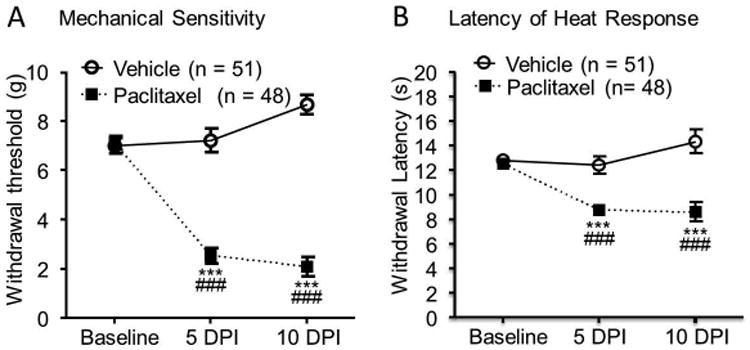Figure 1. Rats treated with paclitaxel develop mechanical allodynia and thermal hyperalgesia.

Rats were injected (i.p.) with either vehicle or paclitaxel (2.0 mg/kg) on four alternate days (days 1, 3, 5 and 7). The mean (± SEM) mechanical thresholds of hind paw withdrawal responses (A) and latencies of the withdrawal response to heat stimuli (B) prior to the i.p. injection (Baseline), and on 5 days (5 DPI) and 10 days (10 DPI) post the first injection were plotted. Comparisons of data between baseline and each time point in the paclitaxel group are labeled with *. Comparisons of data between the vehicle group and the paclitaxel group at each time point are indicated with #. Three symbols, P < 0.001.
